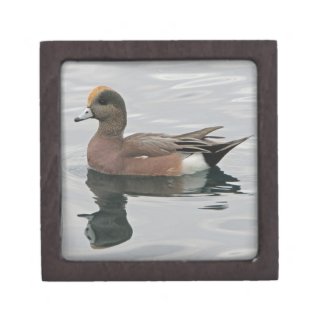Most people who love nature have their favorite haunts around their home. A place to escape for an hour or two close to home perhaps for a relaxing walk or to regain a few moments of peace. Recent events have strengthened the pull of nature for me so I carved out a few hours one morning last week for a little time with some friends. I have a few favorite locations around my home. I tried my local riparian preserve but so many people had the same idea as I did that it was rather full and the paths were packed with people. Not exactly my idea of gaining peace in nature so I quickly moved on. There is a man-made lake not far from the preserve and I decided to head there. To my delight, it was almost deserted and for most of my visit, I found myself alone with the birds.
As I talked about in another post, about the winter birds returning and I was pleased to see a few birds that I have not seen all summer. The egrets were back in force though there are always a few hardy guys that stay for the summer. The egret is such an elegant bird. I have spent many happy hours watching them stalk the shallow waters in search of food. They also tend to stand still for great lengths of time with their necks curved, relaxing in the sun. Their amazing stillness is a gift for any nature photographer as birds can tend to be so active that they afford only a moment to snap a photo. Egrets however are fantastic birds to photograph especially when they remain perfectly still for minutes on end. Even as they stalk the waters, they tend to move rather slowly.
The cormorants have also returned to the deserts of Arizona. I find these birds beautiful yet very comical. They do not have the ability to water-proof their feathers so after swimming and diving, they stand on the shore or on rocks with their wings outstretched in the sun drying their feathers. They look a little like they are a huge welcome committee when several of them get together on the same rocks with wings wide. They will stand on the rocks very still with only their heads moving while they look around. Every now and then, they will flap their wings back and forth presumably to speed the drying process.
A huge variety of ducks were also playing and paddling in and around the water. Some ducks stay with us all summer but many leave and return in the autumn. Mallards such as this one tend to stay all summer but they swim happily among the newcomers and seem unbothered by the suddenly limited space on the water's surface. Ducks seem to congregate together with various species of ducks and geese swimming together without a care. They do seem to give the cormorants a wide berth but they are happy following and swimming side by side with each other. I find ducks very peaceful and while they can move quickly especially when chasing another male away from their chosen female, they seem to prefer to swim rather slowly in no direction in particular or waddle to the shore to cozy in and relax under some trees.




Comments